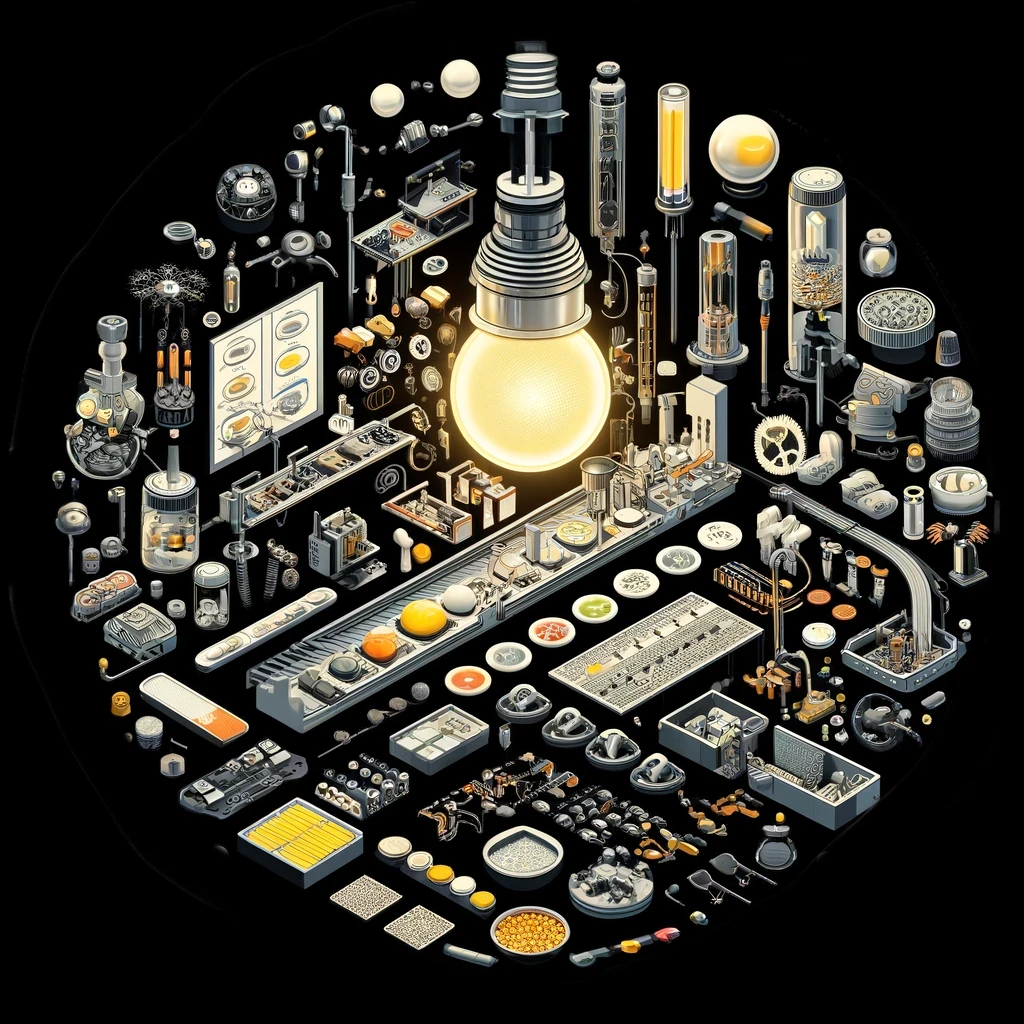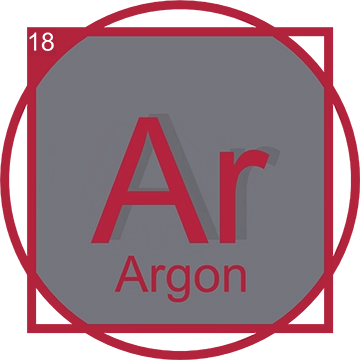Introduction to Energy Efficient Lighting
Energy-efficient lighting has significantly transformed how we illuminate our spaces, effectively conserving resources and reducing environmental impact. This comprehensive article explores the elemental aspects of lighting technologies, detailing their evolution and the critical role played by advancements in materials science.
History of Energy Efficient Lighting
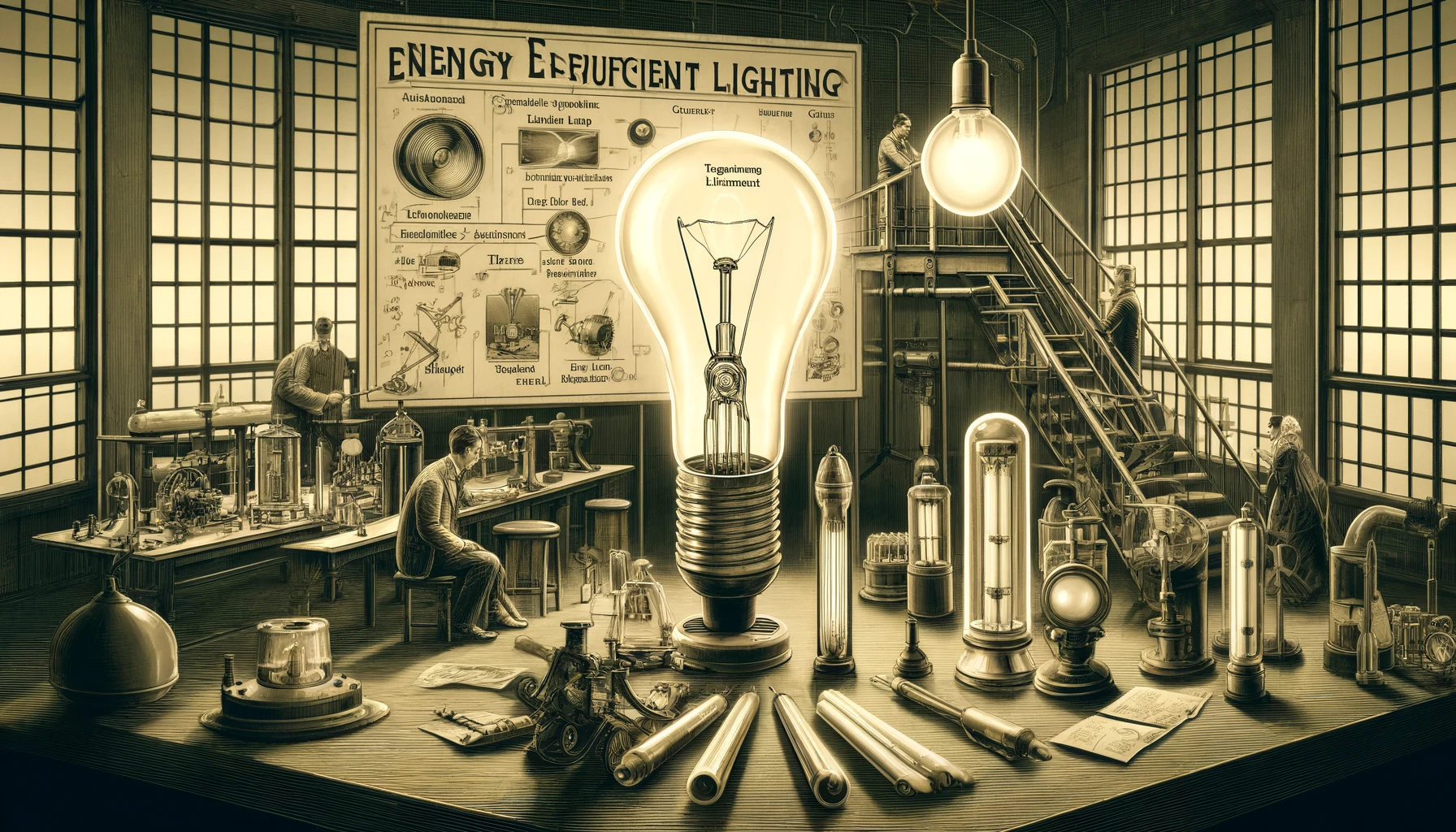
The concept of energy-efficient lighting can be traced back to the early 20th century. One of the earliest milestones was the development of the tungsten filament by Irving Langmuir in 1913, which was more efficient than previous carbon filaments. This innovation marked a significant leap forward in extending bulb life and improving light quality. The real transformation in energy efficiency began in the 1930s with the introduction of fluorescent lighting by General Electric, offering greater efficiency and longer life than incandescent lamps. This era set the groundwork for future innovations in energy-saving lighting technologies.
The Evolution of Energy Efficient Lighting Technology

The transition from traditional incandescent bulbs to modern energy-efficient solutions has been profoundly influenced by advancements in materials science and a deeper understanding of the periodic table. Early incandescent lamps utilized simple metal filaments, such as tungsten, valued for its high melting point and durability, setting the stage for more sophisticated developments in lighting technology.
Current Technologies in Energy Efficient Lighting
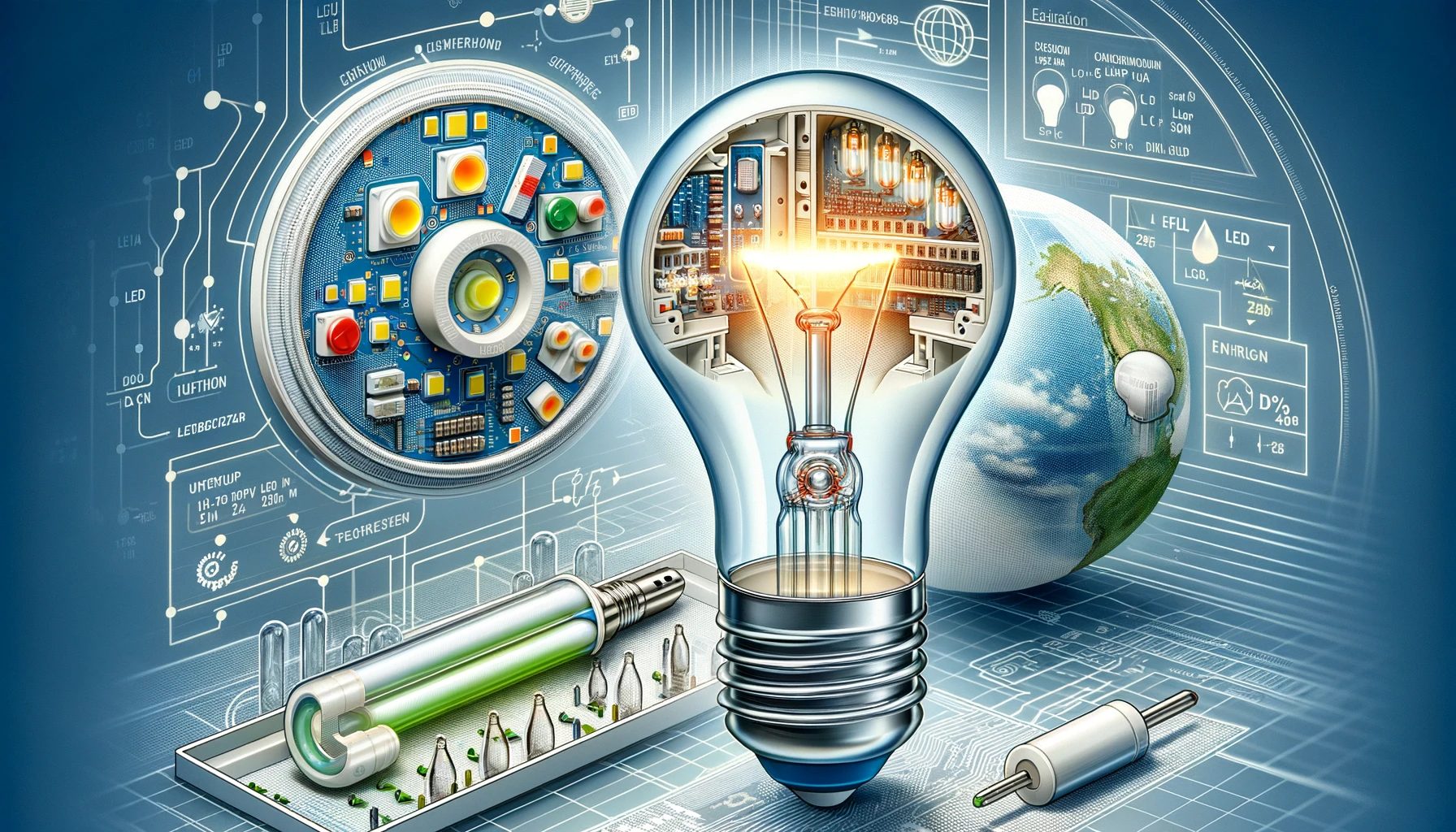
Contemporary energy-efficient lighting solutions such as LEDs and CFLs (Compact Fluorescent Lamps) substantially reduce energy consumption compared to traditional bulbs. LEDs, in particular, employ semiconductors incorporating elements like gallium and arsenic to emit light with remarkable efficiency. Conversely, CFLs utilize mercury vapor to generate ultraviolet light that transforms into visible light through fluorescence, enhancing their energy-saving capabilities.
Benefits of LED Lighting in Energy Efficiency
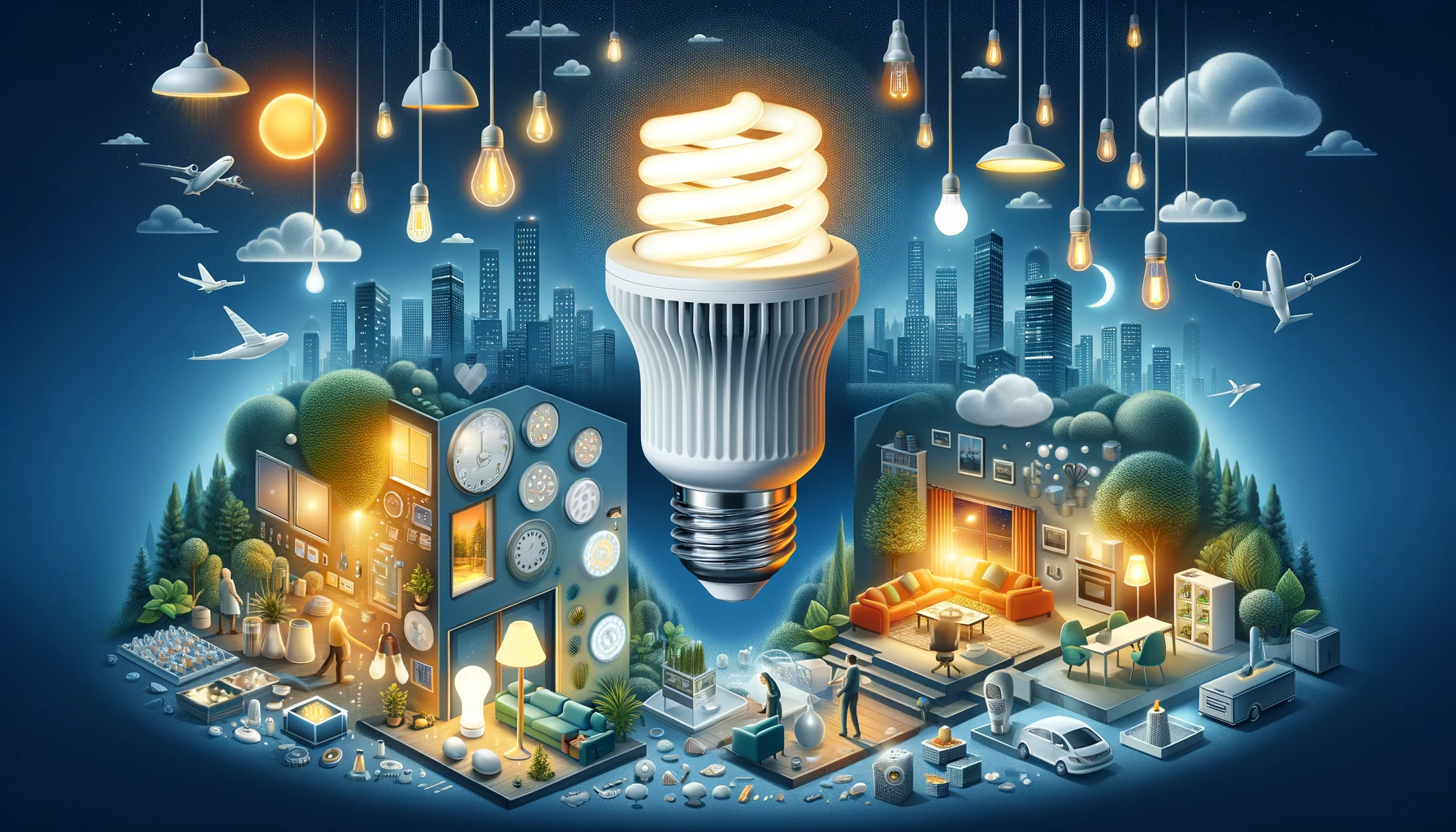
LED lights are at the forefront of energy-efficient lighting technology. Compared to traditional lighting options like incandescent and fluorescent bulbs, LEDs consume significantly less electricity and have a much longer lifespan. LEDs operate using a fraction of the energy required by incandescent bulbs and last up to 25 times longer. This not only leads to substantial energy savings but also reduces the frequency of replacement, thereby decreasing the environmental impact associated with the production and disposal of light bulbs. Furthermore, LEDs emit very little heat and no ultraviolet or infrared light, making them safer and more suitable for a wide range of lighting applications. The adoption of LED technology is a critical step towards achieving global energy conservation goals and reducing overall greenhouse gas emissions.
Future Trends in Energy Efficient Lighting
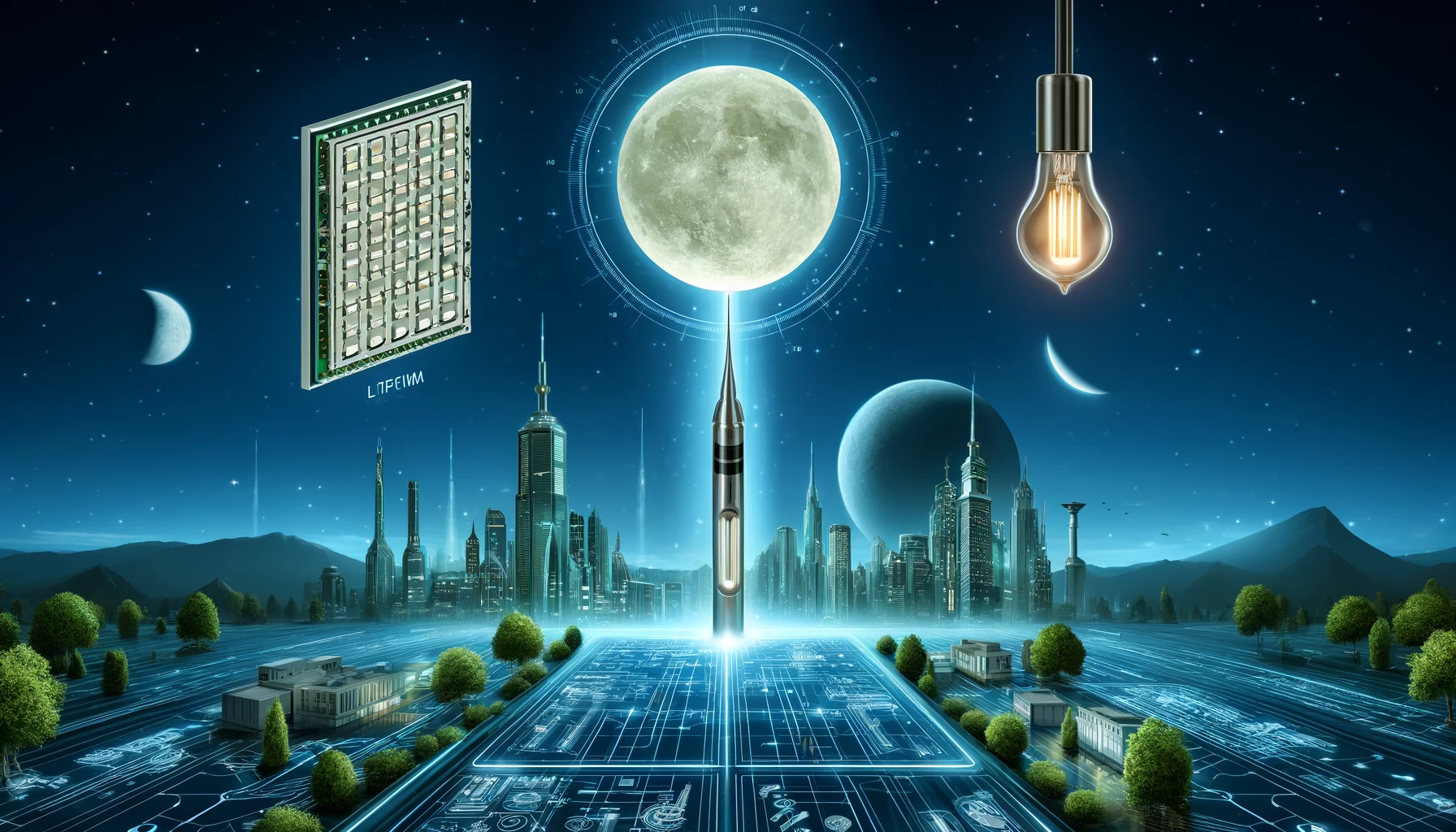
The future trajectory of energy-efficient lighting technology promises even greater efficiency and environmental sustainability. Ongoing research is diligently refining OLEDs (Organic Light Emitting Diodes) and other innovative options that strive to minimize or completely eliminate the use of potentially harmful elements, all while maximizing energy efficiency and light output.
Expanding the Role of the Periodic Table in Energy Efficient Lighting
The exploration of elements like selenium and silicon is pivotal for the advancement of energy-efficient lighting technologies. These elements significantly enhance the performance and efficiency of various lighting technologies, demonstrating the essential role of the periodic table in pushing the boundaries of this field.
Environmental Benefits of Energy Efficient Lighting
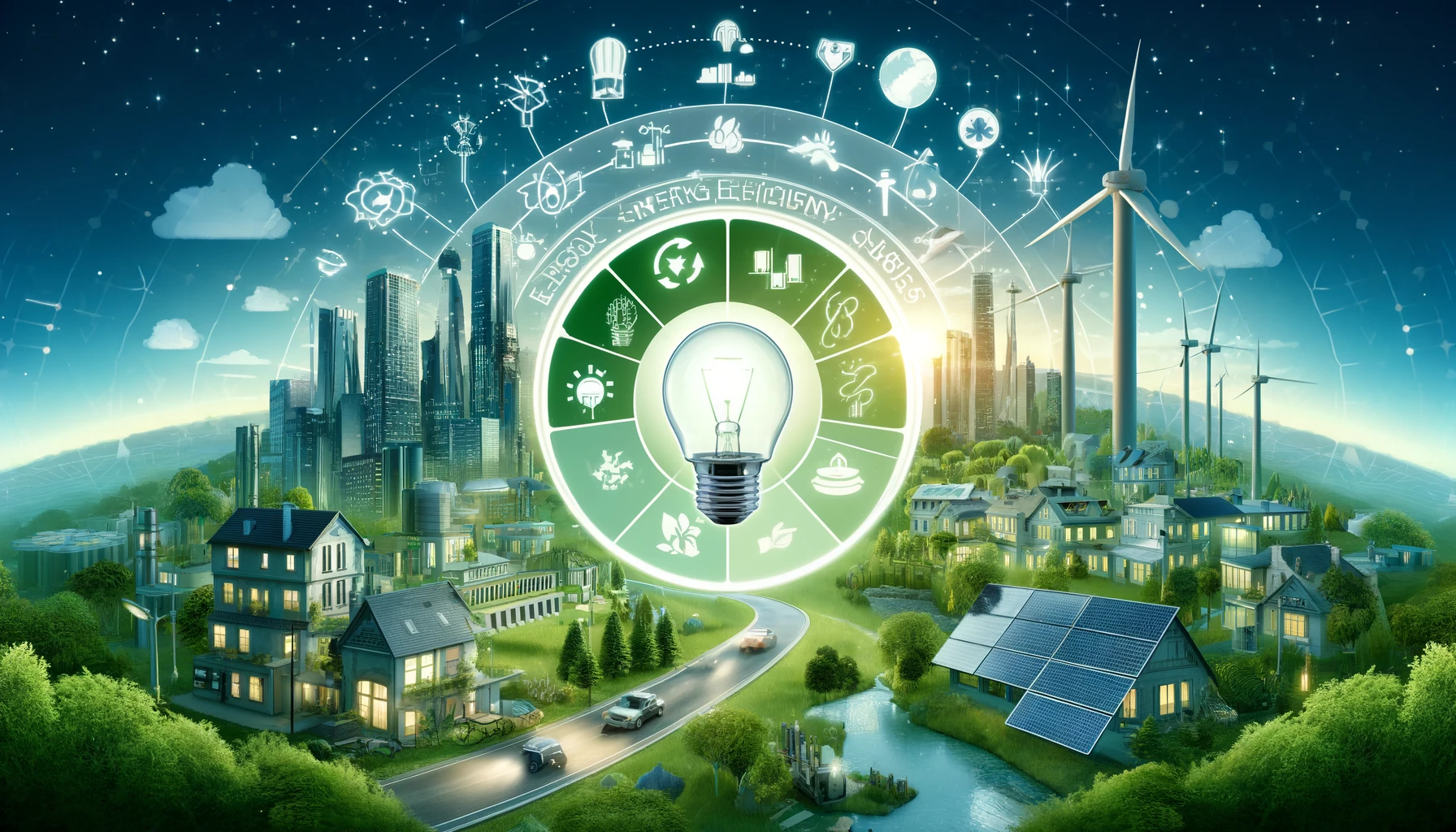
Energy-efficient lighting technologies not only reduce electricity consumption but also significantly lower greenhouse gas emissions associated with power generation. This substantial reduction in energy use directly translates into fewer carbon emissions, contributing to a smaller carbon footprint and a more sustainable future. Furthermore, the decreased demand on power plants mitigates the environmental degradation caused by fossil fuel extraction and consumption. This shift in lighting technology aligns with global environmental goals and meets consumer demand for greener products, while also offering economic benefits through reduced energy costs over time.
